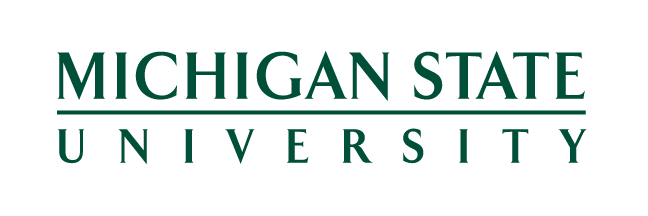AUTHORS
Dan Goldhaber, Calder at AIR/CEDR
Scott Imberman, MSU
Katharine Strunk, EPIC/MSU
Bryant Hopkins, EPIC/MSU
Nate Brown, CEDR
Erica Harbatkin, EPIC/MSU
Tara Kilbride, EPIC/MSU
A Working Paper from EPIC
To What Extent Does In-Person Schooling Contribute to the Spread of COVID-19?
Evidence from Michigan and Washington
Updated Analyses Through Spring 2021
Posted: July 13, 2021
In the spring of 2020, the COVID-19 pandemic forced all K12 public schools in the United States to close school buildings and shift to remote instruction. Concerns about whether in-person schooling leads to increased spread of the SARS-COV2 virus that causes COVID-19 (henceforth we use COVID as a shorthand for both the virus and the disease) led to considerable debates about whether public schools should open for in-person instruction in the fall of 2020. There was substantial variation in districts’ re-opening decisions over the 2020-21 school year, and by the late spring of 2021 the vast majority of U.S. public schools were educating students in-person at least a few days a week. This alongside rising vaccination and falling COVID rates have schools planning for in-person instruction in fall 2021. There nonetheless remains uncertainty about fall plans, in particular how school systems should handle localized COVID outbreaks or the emergence of new vaccine-resistant COVID variants.
At the same time, there is a growing consensus that remote learning has not worked well for most students (e.g., Kaufman & Diliberti, 2021).3 This is one reason that a number of professional associations and the U.S. Centers for Disease Control and Prevention (CDC) previously recommended that students return to in-person learning (American Academy of Pediatrics, 2020; CDC, 2020). These recommendations included the qualification that in-person schooling occur only with appropriate safety measures to mitigate the risk of COVID transmission.
In this paper we use data from two states—Michigan and Washington—on COVID case rates at the county level linked to information on the type of instructional modality offered by local public school districts to assess the relationship between modality and COVID outcomes. While we focus primarily on COVID case rates, in an online appendix we also provide estimates for hospitalizations (in Washington only) and deaths.




